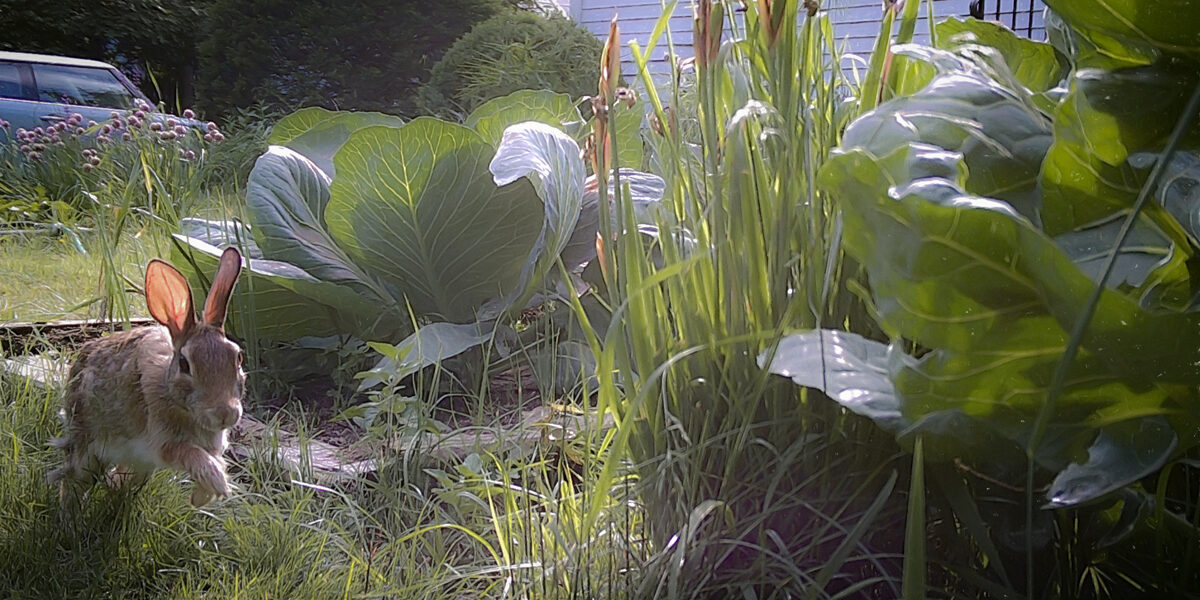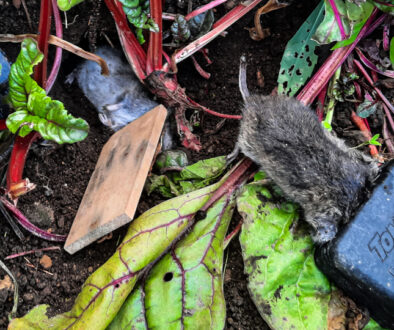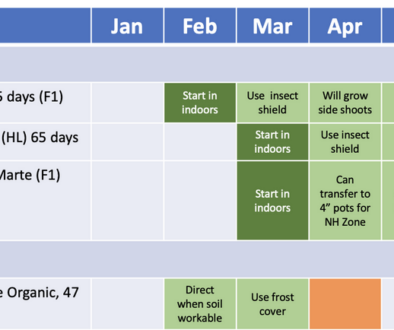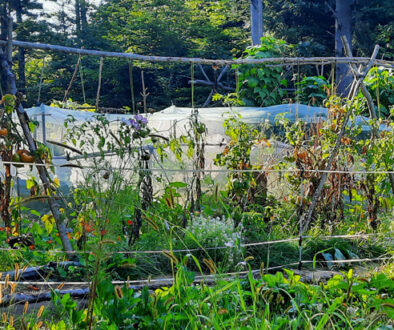Revenge of the Rabbit
I love bunnies, but not in my garden.
The best way to keep bunnies from wiping out your backyard crop is to use a 3 or 4-foot roll of chicken wire fencing. Or so I thought, cause I read it somewhere. My first try was to circle the garden with fence wire — which is 4 ft wide with 2″ x 4″ openings on the top and 1/2 inch opening at the bottom. Was held up with T-bars and had a nice fabricated gate using 2-inch galvanized steel posts. This was great for keeping the young children out, but not the climbing and digging critters.
Then I added chicken wire next to the fence buried about a foot down. This did not prevent the raccoons and woodchucks from climbing over to feast on only but the juiciest slicing tomatoes.
So out came the infamous prison. Not unlike a razor ribbon atop the prison wall, I fashioned an upside-down skirt out of – again – chicken wire. This I’m sure won the prize for failed attempts but impressive enthusiasm. Soon enough, it looked as if the deer were reaching over and eating the tips off of anything sticking up.
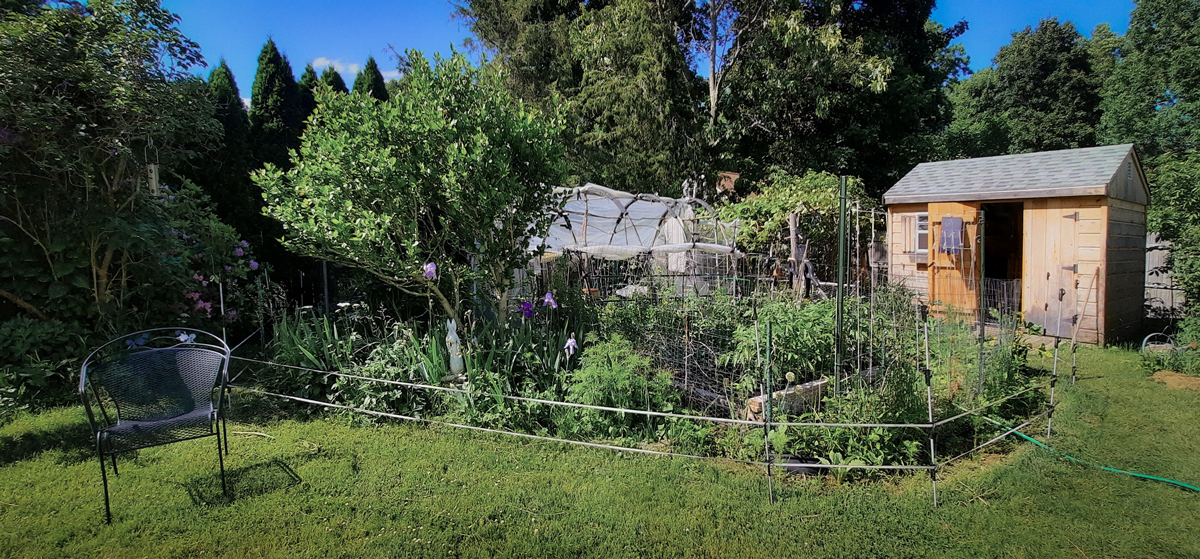
The solar electric fence
Last and more successful was the solar electric fence. I installed it about a foot off the existing fence (minus the skirt) and have been using this ever since. I believe the electric fence could be attached to the top of the existing fence, however, in my case I have grapes and blackberries using it as a support. I also have a Rose of Sharon next to the outside of the fence, which is ideal for critter climbing and getting into the garden, In this case, I just encircled the shrub.
If I were to start over, I think I would consider the moles, voles, and mice. Knowing what I know now. I would get a roll of 2-3 ft hardware cloth, sink it halfway down, add the fence wire and attach an electric fence. An alternative is a self-watering container garden, which is perfect for a small space and is water efficient.
Raised beds are a good option, however, in my area, I keep them very low (4″) because I have sandy soil and it drains very fast which means the raised bed dry out fast.
My little fenced-in garden is small and saved only for the most precious of veggies. I have added some raised beds to the front yard – with no fencing and the bunnies are very happy.
A no-fence alternative
Once the seedlings were set in the front bed with no fence, I used a commercial deer and rabbit repellent spray. The repellent worked very well at first. Then I heard they don’t like blood meal or fish fertilizer, so I tried that. Figuring the added nitrogen would be of benefit to the cabbages. This indeed worked very well, until I notice that one of the cabbages was munched on and growing funny. I let this go for a while, and added more blood meal. Then one day, since I have such limited space accommodating six cabbages, I pulled the weird plant, threw it on the compost pile, and replaced it with a new plant.
The next day, exactly, I saw two more cabbages chewed on, and, as an added bonus a broccoli plant was attacked. To this end, I misted the plants and generously sprinkled on ground Cayan pepper because I heard this worked too. No, it didn’t.
I then remembered seeing a program on the Amish, where they describe planting extra corn for the crows. Then I went over to the compost pile where the ugly cabbage I pulled was half dead and then replanted it for the bunnies.
I don’t know if this will work. I actually like to see bunnies, and dear for that matter (not so for raccoons, skunks, and woodchucks). This is a lesson in co-existence. Which wildlife are you willing to make peace with?
Just as a side note. The cabbages now are caged in toule (the tutu material used for making ballerina costumes). This has worked for several years to keep the cabbage moths at bay without the overuse of pesticides, mostly BT (bacillus thuringiensis).
Moral of the story:
Make peace with the wildlife, give them something to eat.
